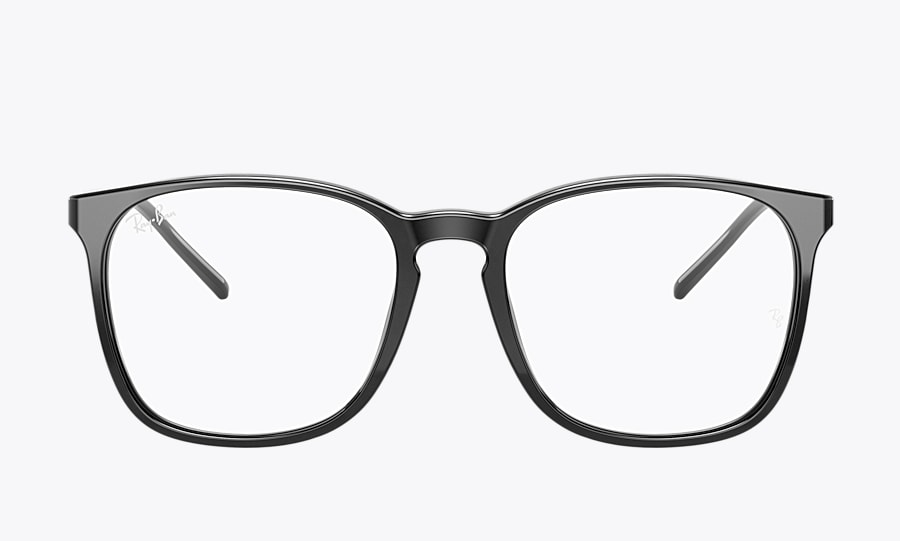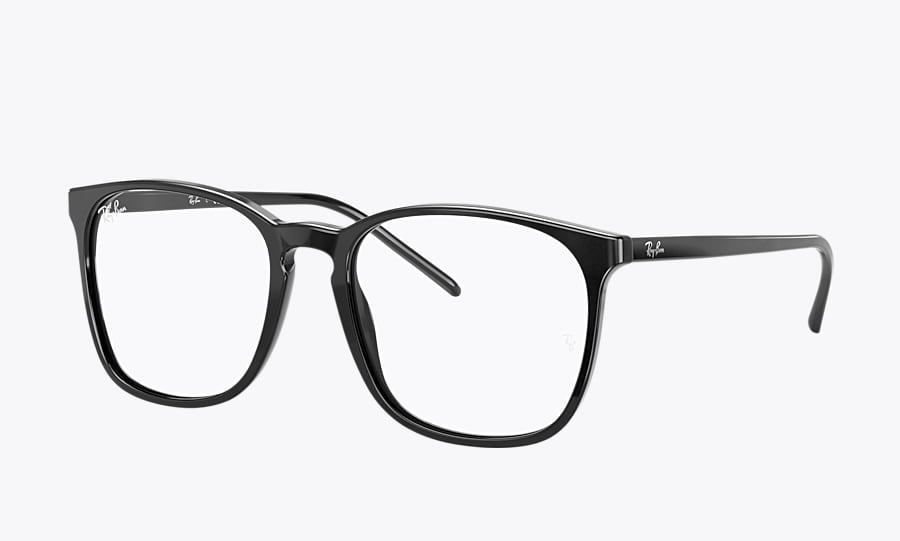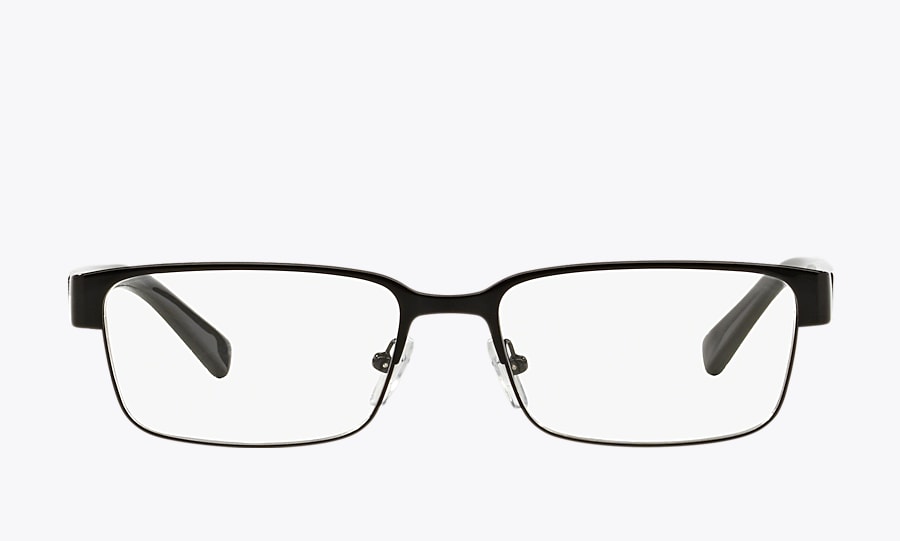
So, you’ve recently had your vision checked and received your test results and prescription from your eye doctor. Your visual acuity was tested, but what does it mean?
Visual Acuity (VA) is a measure of sharpness in vision, tested at a standard distance to identify refractive errors or changes in vision.
What is visual acuity?
What does visual acuity mean? Visual Acuity is the ability of the eye to detect object shapes and details at a specific, standardized distance. Visual acuity is measured as the clarity or sharpness of your vision at a certain distance compared to “normal vision” at the same distance. For example, a person with 20/40 vision must be 20 feet away to see what someone with normal vision can see at 40 feet.
For defects in visual acuity meaning refractive errors like short-sightedness or farsightedness, you can correct your vision with prescription anti-reflective glasses or contacts to bring your vision into focus.
What does 20/20 vision mean?
The term "20/20 vision" is normal vision acuity (the clarity or sharpness of vision) measured at a distance of 20 feet. When you have 20/20 vision, what you see at 20 feet is clearly visible.
Visual acuity measurement
What is a visual acuity test, and how is it performed? Visual acuity measurements examine your vision through standardized tests. Like , standard visual acuity tests use either the Snellen or the Random E test. Getting tested regularly ensures that your prescription is up to date.
Snellen visual acuity test
The Snellen visual acuity test consists of a chart with 11 rows of capital letters, one very enormous letter on the first line, and a string of smaller-sized capital letters in the subsequent rows involving the following steps:
- You read from the Snellen chart while standing 20 feet away and without your glasses or contacts
- You read out the tiniest line of letters you can make out while covering one eye
- Repeat the process while covering the other eye
In smaller spaces, a mirror image eye chart may take the place of the standard chart to increase effective length when fewer than 20 feet of space is available.
Random E test
In the Random E test, you identify which way the letter "E" is facing by looking at it on a chart or projection: up, down, left, or right while decreasing in size as you move down the chart.
The tests are usually more complex when conducted at an eye clinic rather than a nurse's office or DMV. The chart might be projected or displayed as a mirror reflection, and you may try on various lenses to view the chart clearly, which can help you find your optimum eyeglass or contact lens prescription if you require vision correction.
There are other eye exam types your eye doctor may conduct to test your vision—you may need to take a visual Field test. This measures how much you can make out from the corners of your eyes when you concentrate. Your ophthalmologist may use the visual field tests to determine how much vision you have in each eye or vision loss.
Your vision changes over time as much as you do, which is why you need to test your vision regularly. The cost of eye exams may make you reluctant to get your eyes checked, but what you pay down the road could be much higher. Insurance often takes care of part of the costs, so find out what your benefits cover and book an appointment!



















